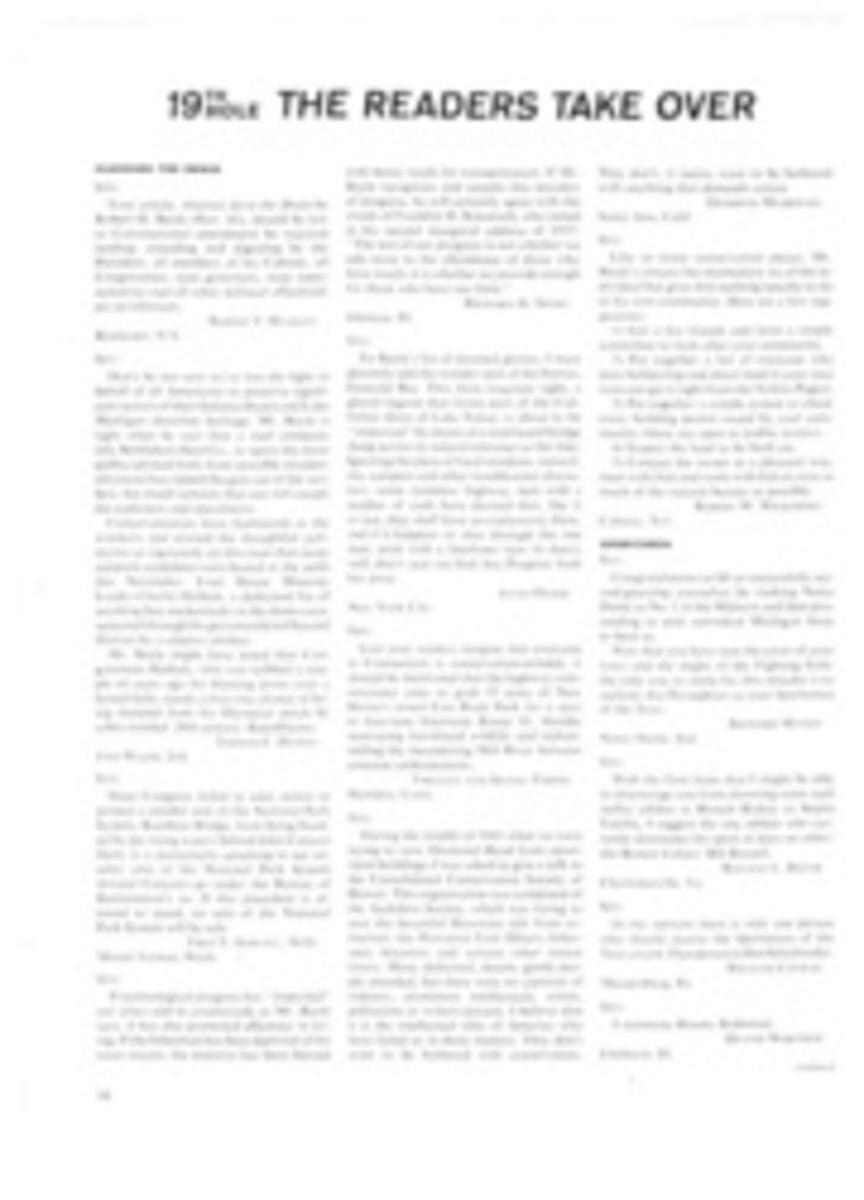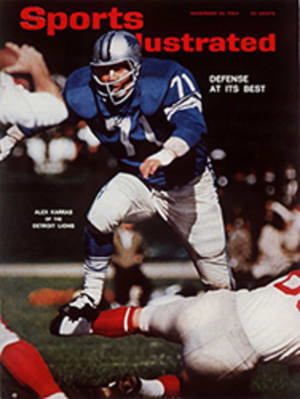
LETTER FROM THE PUBLISHER
I have heard it said that the smart thing to do in this highly specialized world is to find what you can do best and stay with it. This is good enough advice, perhaps, for a dancing bear and for some men, but I doubt if many of the restless and interesting characters I have met in the pages of this magazine would buy it.
On page 80 of this issue we tell the story of another of these restless characters, a 58-year-old Mexican jumping bean named Pablo Bush Romero, who has been working in one deep, profitable rut for 44 years but has never lost the knack of jumping out of it whenever he gets the itch. In our 10 years of publishing we have encountered many men of ordinary livelihoods who, like Pablo Bush Romero, have restless souls and constantly ticking minds. I am not speaking here of screwballs and drifters, but of plain good actors who have the confidence to walk right off the stage, if the show bores them, and seek some other satisfaction. The men I have in mind are not all rich, but their worlds always are. I remember particularly that in the first year of this magazine we took what we thought was a last look at the sport of ballooning. There was only one U.S. balloon club going at the time; the sport was obviously dying, and we said goodby to it tenderly and with love. But we failed to reckon with one of the pilots, a Fuller Brush salesman of modest means named Don Piccard. Today, thanks largely to Piccard, ballooning is making a comeback. It is a cheerful thing, I think, that such a spectacular and elegant old sport can be saved by what is usually considered to be the epitome of ordinariness, a Fuller Brush man.
Eight years ago Senior Editor Coles Phinizy told the story of a young French-American, Jacques André Istel, who quit his orthodox, gray-flanneled career on Wall Street to start the sport of sky diving in this country, because he felt that anything his native France did well, his adopted U.S. should do better. While some of the press saw sky diving as a nutty, passing fad, we became convinced that the sport would catch on because some fairly prosaic people were doing it (in addition to Istel, the first U.S. team was composed of a sign painter, a steeplejack, a carpenter, an auto mechanic, a sewing-machine repairman and an upholsterer). When Istel launched the sport in this country, the U.S. Army would not allow its paratroopers to compete. Two years later the Army was paying Istel to show them how to do it.
In 1955 the National Speleological Society explored the twisted 32 miles of Crystal Cave in Kentucky. One of the expedition leaders was an electrical engineer named Bill Austin. Since Austin was literally born in the mouth of a cave, he was merely groveling, so to speak, in his own birthright. But, in the years since, he has wandered far from his original Kentucky ruts. In 1958 Austin was on an International Geophysical Year expedition in Antarctica, and two years later we came across him again, testing a newfangled, shallow-draft boat in the rapids of the Colorado. I don't know where Bill Austin is now, but it is my guess that he is out somewhere on a new trail, halfway between the known and the unknown, looking for an answer to something. Like Pablo Bush Romero.
ILLUSTRATION

